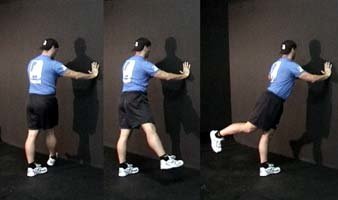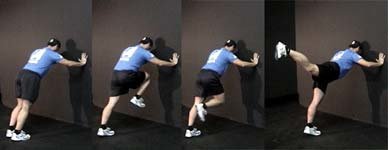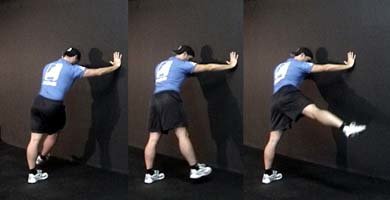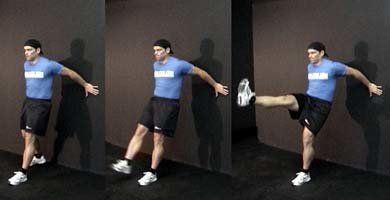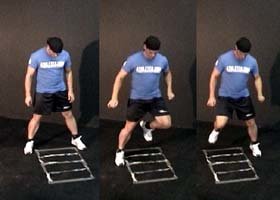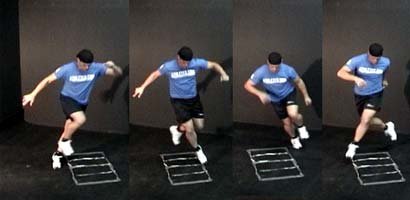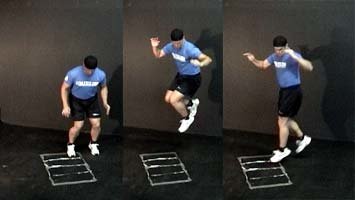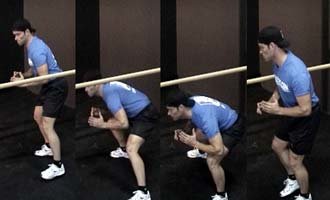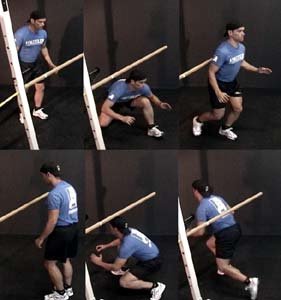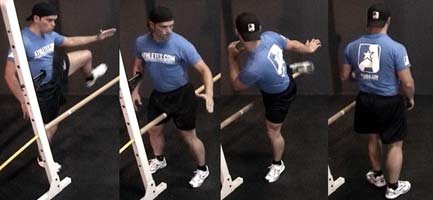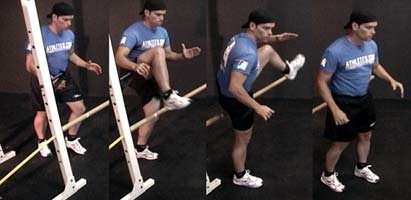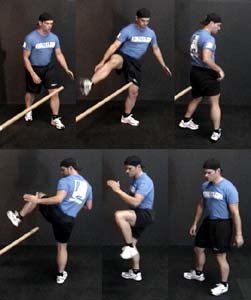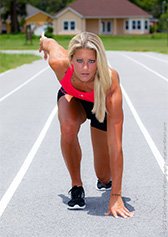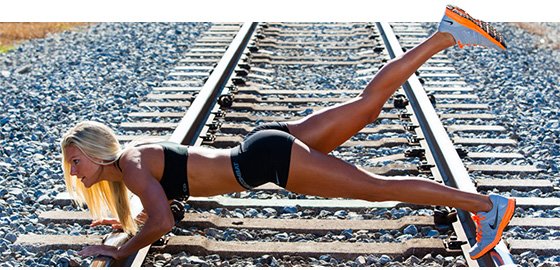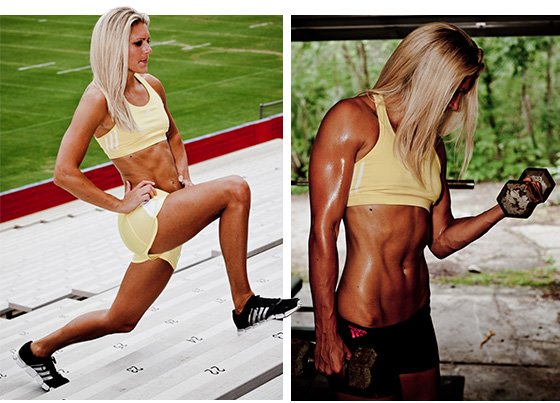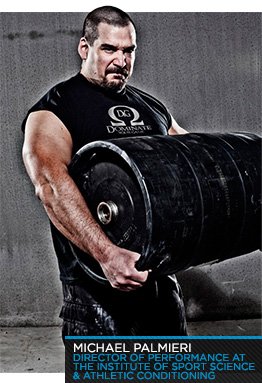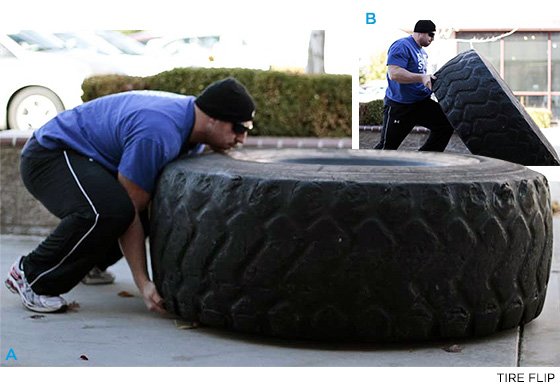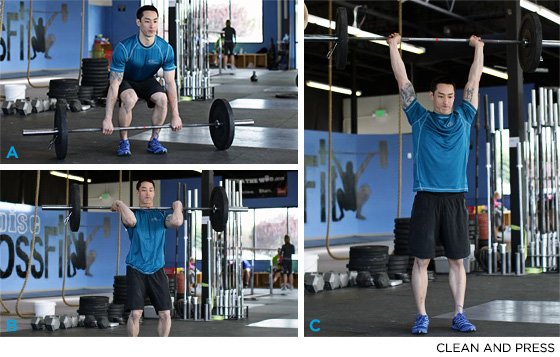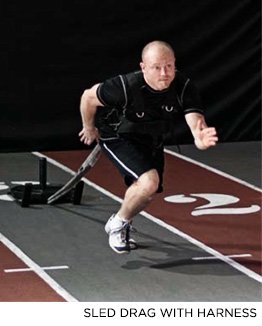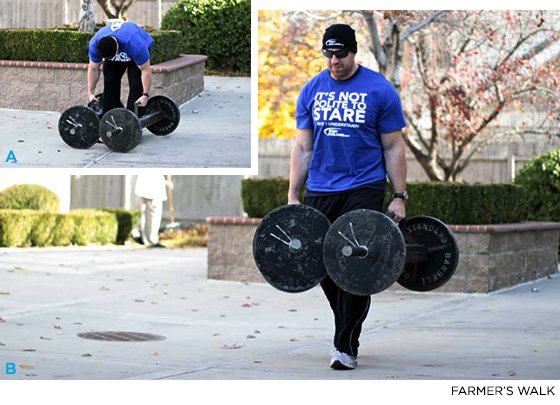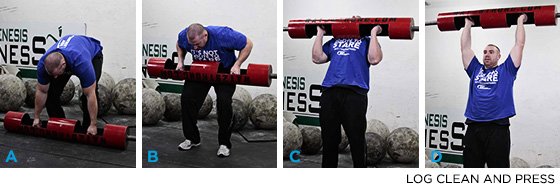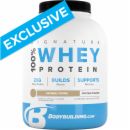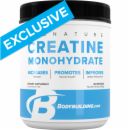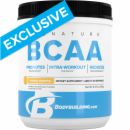GCU Baseball hosts New Mexico on March 3, 2020 at 6pm (8pm EST) (Brazell Field at GCU Ballpark).
Baseball Hip and Groin Drills For Strength and Mobility! From Bodybuilding.com
The
following drills simulate a number of the movement patterns required in
game and practice situations. They are designed to help improve
functional strength, range of motion and mobility in the hip and groin.
Do them three times per week year around.
In baseball, it is of the utmost importance
that players have advanced hip and groin functionality due to the
demands of practice and game situations. Here's how to get it.
The following drills simulate a number of the movement patterns
required in game and practice situations. They are designed to help
improve functional strength, range of motion and mobility in the hip and
groin. Do them three times per week year around.

Leg Swing Drills


Ladder Drills

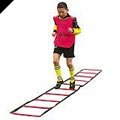 If you don't have a speed ladder, make your own. First, draw two parallel lines on the ground approximately 18 inches apart.
If you don't have a speed ladder, make your own. First, draw two parallel lines on the ground approximately 18 inches apart.
Then, make squares by connecting the parallel lines with shorter lines. Make each square approximately 18 inches long.


Hurdle Drills


Leg Swing Drills

- Leg Swings. Stand with your left hand on a wall
for balance. Swing the right leg forward and backward 10-15 times.
Repeat with the left leg.
- Ins/Outs. Place both hands on a wall for
support. Swing the right leg out away from the body and back across the
body 10-15 times. Repeat with the left leg.
- Hip Flexion/Extension. Lean forward, with your
hands on a wall for support. Keep the toes up and swing (pull) the right
knee up to the chest. Pause and extend (kick) the right hip and leg
back as far as possible. Do 10-15 reps with each leg.
- In, Out and Hold. Lean forward, with your hands
on a wall for support. Swing the right leg out and in 3 times and hold
for 6 sec after the third swing. Start by swinging the right leg out
away from the body. Then swing it back across the body and out again.
Hold in the "out position". Next, swing the leg inward across the body,
back out and in again. Hold in the "in position". Do 3 reps with each
leg.
- Hip Flexion. Stand with you back to a wall.
Lean against the wall with your shoulders and hands. Keep your toe up
and leg straight. Raise the right leg forward as high as possible and
return. Do 10-15 reps with each leg.

Ladder Drills

 If you don't have a speed ladder, make your own. First, draw two parallel lines on the ground approximately 18 inches apart.
If you don't have a speed ladder, make your own. First, draw two parallel lines on the ground approximately 18 inches apart. Then, make squares by connecting the parallel lines with shorter lines. Make each square approximately 18 inches long.
- Straddle Skips. Straddle one end of the ladder.
Skip forward with the right leg (raise the right knee as high and wide
as possible) and then put the right foot down outside the second rung of
the ladder. As soon as the right foot hits the ground, skip forward
with the left leg and put the left foot down outside the third rung of
the ladder. Continue skipping forward, keeping both feet outside the
ladder at all times. When you get to the end of the ladder, pause and
skip backward to the starting position. Start with 2 trips in each
direction. Add one trip per week, to a max of five trips, forward and
back.
- Crossover Skips. Stand with both feet on the
right side of the ladder. Skip forward, bringing the right knee up as
high as possible and across the body. Put the right foot down outside
and to the left of the second rung. As soon as the right foot hits
the ground, skip forward, bring the left knee up across the body and put
the left foot down outside and to the right of the third rung. Continue
skipping across the ladder. When you get to the end, pause and return
by skipping backward. Cross your feet behind your back. Start with 2
trips in each direction. Add one trip per week, to a max of five trips,
forward and back.
- Hip Twists. Stand on one side of the ladder
with your right foot in the first rung and your left foot out. Jump up,
twist your hips to the right and bring your right foot out of the rung
and replace it with your left foot. Then jump up, twist your hips to the
left and bring your left foot out of the first rung and place your
right foot in the second rung. Continue down the ladder twisting
your hips and moving your feet. Keep your shoulders parallel to the
ladder at all times. When you get to the end, pause and return twisting
in the opposite directions. Start slow and gradually increase the speed
with which you twist your hips. Start with 2 trips in each direction.
Add one trip per week, to a max of five trips, forward and back.

Hurdle Drills

- Lateral Unders. Lower a track hurdle, or
broomstick, until the top is even with your navel. Stand with your left
side next to the hurdle. Step sideways under the hurdle with your left
foot. Bend at the hips, knees and ankles and keep your lower back tight
and your upper back, neck and head straight. Push with your right foot
to move your body sideways (to the left) under the hurdle. Stand up on
the opposite side and come back under to the right. Do 10-15 reps in
each direction.
- Forward Unders. Stand facing the hurdle. Step
forward under the hurdle with your right foot. Bend at the hips, knees
and ankles and place your head and back under the hurdle. Push with the
left leg and drive your body under the hurdle. Square up your shoulders
and stand up on the opposite side. Turn around and come back under the
hurdle with the left foot forward.
- Forward Overs & Twist. Lower the hurdle to
crotch height and stand facing it. Pivot on your left foot and step over
the hurdle with your right foot until your body is straddling it. Pivot
on your right foot, and bring your left foot (heel first) over the
hurdle. Stand on the opposite side facing the hurdle. Step back across
the hurdle with your left foot.
- Forward Overs. Keep the hurdle at crotch height
and stand facing it. Lift your right knee and right foot as high as
possible and step forward over the hurdle with your right foot. When
your right foot hits the ground, lift your left knee and foot and step
forward over the hurdle. Turn around and step back across the hurdle
with your left foot.
- Lateral Leg Lifts. Stand at the end of a hurdle, with our body slightly to the left of the hurdle. Keeping your right leg straight, lift it up and over the hurdle. When your right foot hits the ground, lift your left leg and circle it over the top of the hurdle. Pause and step back across the hurdle with your left foot first. Start with 3 sets of 5 reps in each direction and build to 3 sets of 10.


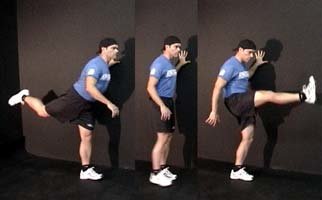
 Click To Enlarge.
Click To Enlarge.
